

A unique flower that blooms in full shade, lungwort has delicately dotted leaves.
Key lungwort facts
Name – Pulmonaria
Family – Boraginaceae
Type – perennial
Height – 8 to 12 inches (20 to 30 cm)
Exposure – part sun
Soil: ordinary, well drained – Flowering: spring → early summer
Lungwort, or Pulmonaria, has been grown as an ornamental herb for centuries for its beauty and benefits.
When planting lungwort, the best season is fall, but you can also plant over winter until spring as long as you avoid frost spells.
Even though it loves shade, it will need a little bit of sun if you want many nice flowers.
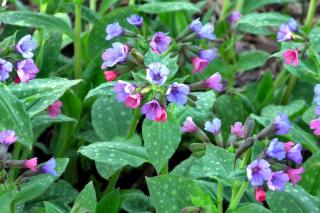 Mix regular garden soil with soil mix and water. Lungwort likes well drained soil.
Mix regular garden soil with soil mix and water. Lungwort likes well drained soil.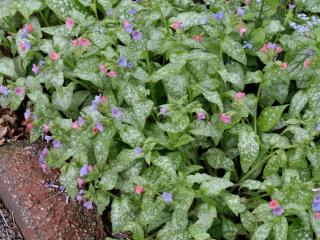
An easy plant to care for without much maintenance, lungwort actually won’t need any attention at all once it’s properly settled in.
Remove wilted flowers regularly (this is called deadheading).
Lungwort is among the first flowers to bloom right at the end of winter at the onset of spring.
Vulnerable to powdery mildew, it’s best to avoid getting the leaves wet when watering.
Several different species of longwort exist. The most common one is Plumonaria officinalis, which is the traditional medicinal plant.
Other species also have health benefits, but they aren’t as documented. They are all very lovely, with different leaf sizes, shapes and patterns.
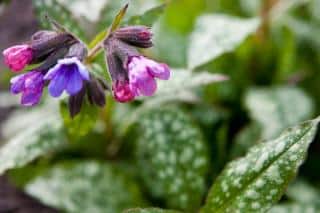 Pulmonaria longifolia, the long-leaved lungwort.
Pulmonaria longifolia, the long-leaved lungwort.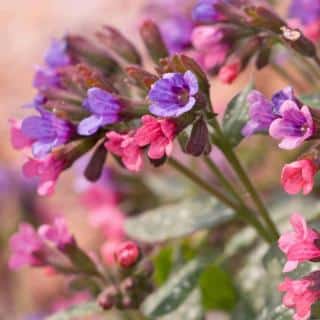
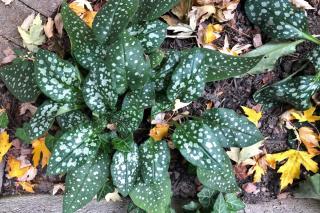
It bears cute little pink flowers that turn blue as they age. Whether you need to flower up a spot under shade trees or decorate a flower bed or planter, lungwort won’t give you any trouble at all.
The botanical name for the plant comes from latin “pulmonaria radicula” because its root was used to treat respiratory and hence lung-related ailments.
Pulmonaria officinalis is a much-appreciated plant, known for its health benefits in relation to breathing problems.
It’s also an uncommon discovery in the kitchen, where it can be prepared both raw or cooked, like spinach.
This plant needs shade and cool soil. Do follow the urge to water in summer, especially if the weather is hot.